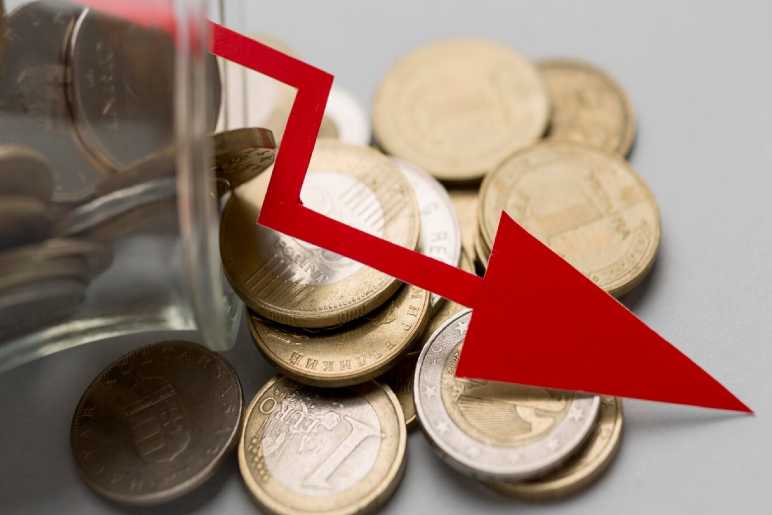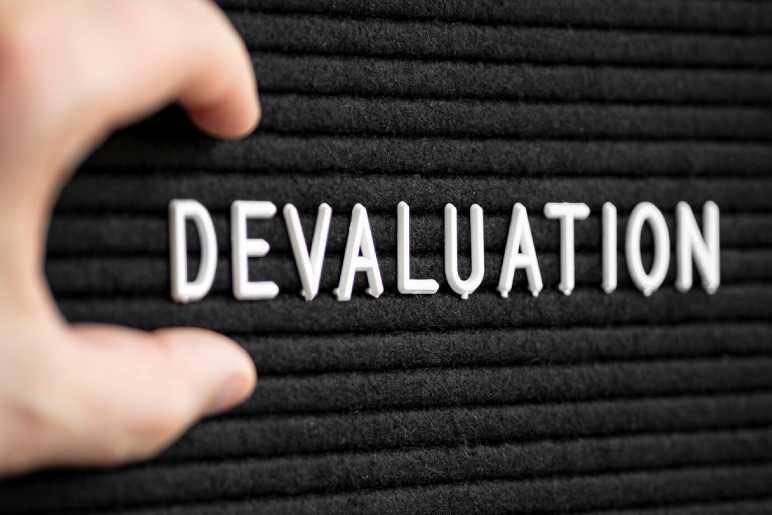In the world of business accounting, depreciation plays a crucial role. It’s a way to spread the cost of tangible assets over their useful life, reflecting the gradual decline in their value. But not all assets are created equal – some depreciate, while others hold their value (or even appreciate) over time.
This article dives into the concept of depreciation, explores which assets cannot be depreciated, and clarifies common misconceptions.
What is Depreciation?


Depreciation is an accounting method that allocates the cost of a tangible asset, spread out over its estimated useful life. This recognizes that the asset’s value gradually decreases as it’s used, worn down, or becomes technologically obsolete.
For instance, a delivery truck might have a useful life of five years. Through depreciation, the company spreads the truck’s purchase cost over those five years, reflecting the declining value on its financial statements.
Key Criteria for Depreciation


There are three main criteria for an asset to be considered depreciable:
- Tangible Asset: It must be a physical object you can touch, like a building, vehicle, or machinery.
- Owned by the Business: The business must legally own the asset. Leased assets are not depreciated by the lessee (the one using the asset).
- Determinable Useful Life: The asset should have a finite lifespan exceeding one year. Land, for example, is generally considered to have an indefinite useful life and therefore cannot be depreciated.
Assets That Cannot Be Depreciated


Understanding which assets don’t qualify for depreciation is just as important as knowing which ones do. Here are some common examples of non-depreciable assets:
- Land: Land is a unique asset because its value often remains stable or even increases over time. Depreciation reflects a decline in value, which isn’t typically the case with land. There might be exceptions for specific land improvements, but generally, land itself is not depreciated.
- Natural Resources: Similar to land, natural resources like minerals, oil reserves, or timber stands have a finite quantity, but their value can fluctuate. Since depreciation assumes a gradual decrease in value, it’s not applicable here.
- Intangible Assets: These are non-physical assets like patents, copyrights, trademarks, or goodwill. While they might have a limited lifespan, their value can be subjective and difficult to quantify. Specific accounting treatments exist for amortizing intangible assets, which differs from depreciation.
- Investments: Stocks, bonds, and other investment holdings are not depreciated. Their value can go up or down, but depreciation doesn’t reflect such fluctuations.
- Inventory: Inventory is intended for resale and is typically expensed in the year it’s sold. Depreciation is for assets used in the business, not for items meant to be sold.
- Personal Property: Assets not used for business purposes, like a personal car or residence, are not subject to depreciation.
Understanding Depreciation Benefits


Depreciation offers several advantages for businesses:
- Matching Principle: It aligns the expense of the asset with the periods it benefits. For instance, a delivery truck used for several years has its cost spread over those years, providing a more accurate picture of profitability.
- Reduced Taxable Income: Depreciation allows businesses to deduct a portion of the asset’s cost from their taxable income each year, lowering their tax burden.
- Financial Transparency: Depreciation reflects the asset’s declining value on the company’s financial statements, providing a clearer picture of its financial health.
Common Depreciation Misconceptions


Here are some misconceptions regarding depreciation to clear up:
- Depreciation = Replacement Cost: Depreciation reflects the asset’s declining value, not the cost to replace it at the current market price.
- Faster Depreciation = More Tax Savings: While accelerated depreciation methods exist, they don’t magically create more tax savings. The total depreciation expense is simply spread differently over time.
- Depreciation Recovers Full Cost: Depreciation doesn’t recover the asset’s entire cost. At the end of its useful life, there might be a salvage value that needs to be considered.
In Conclusion


Depreciation is a valuable accounting tool that helps businesses accurately reflect the value of their assets and their profitability. Understanding which assets can and cannot be depreciated is crucial for proper financial reporting and tax calculations. If you’re unsure about an asset’s depreciation status, consulting with a qualified accountant is always recommended.
Feature image source:- https://tinyurl.com/5ymtfrdf

